problems with text:
- often very rare word is important, e.g. retinopathy
- ambiguity: e.g. cat and kitty
→ need a lot of labeled data ⇒ not realistic.
⇒ unsupervised learning
similar words appear in similar context.
embedding: map words to small vectors

measure the closeness by cosine distance:

word2vec
initial: random vector
→ train model to predict nearby word.

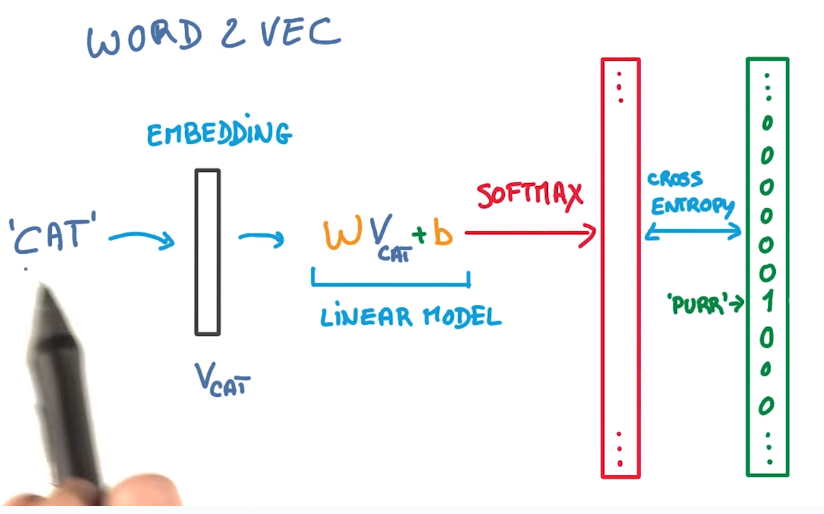
pb: too many words in dictionary → softmax too slow
⇒ random sample the non-target words
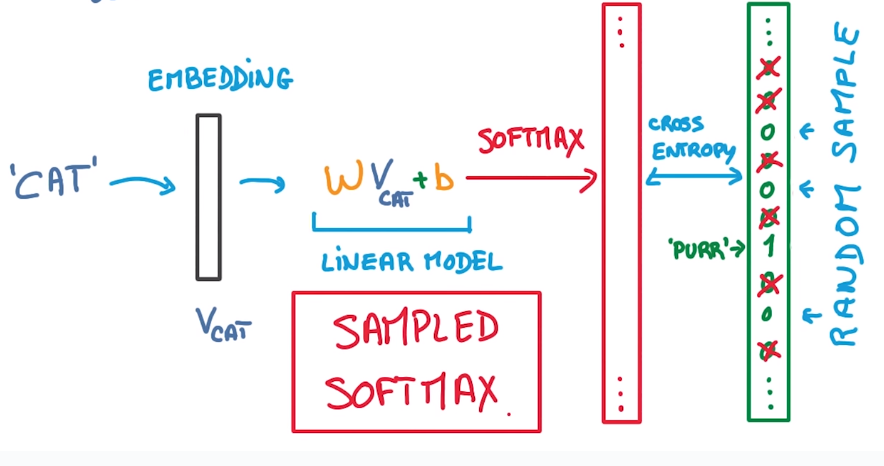
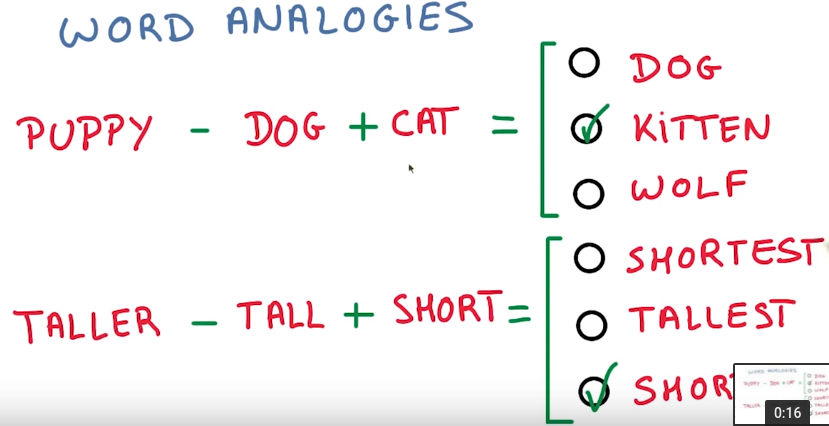
tSNE
dimension reduction (not PCA) that preserves the neighborhood structure (close vector → close in 2d as well).

RNN
treat varaible length sequences of words.
use the current word (Xi) and the last prediction as input.
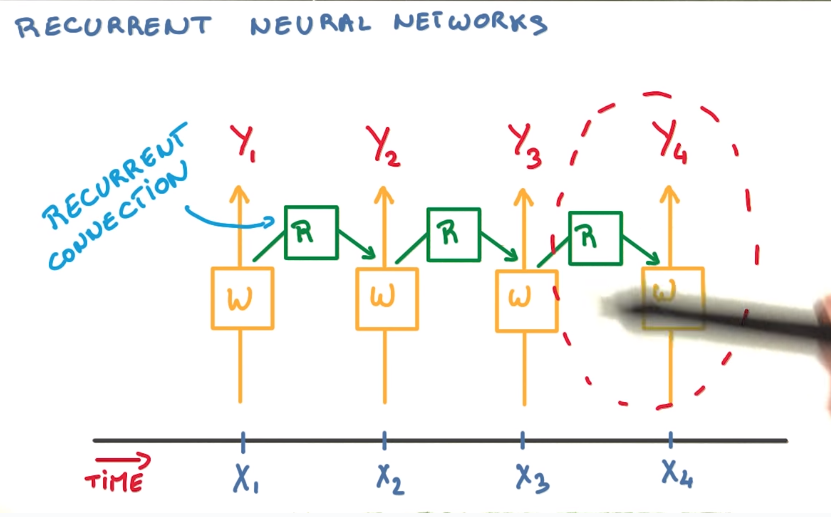
backprop for RNN
apply highly correlated derivatives to W → not good for SGD.
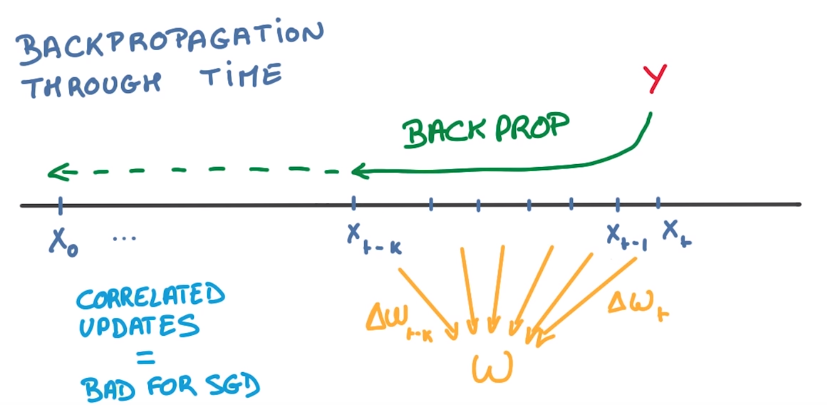
pb if we use highly correlated updates: grad either explod or it disappear quickly.
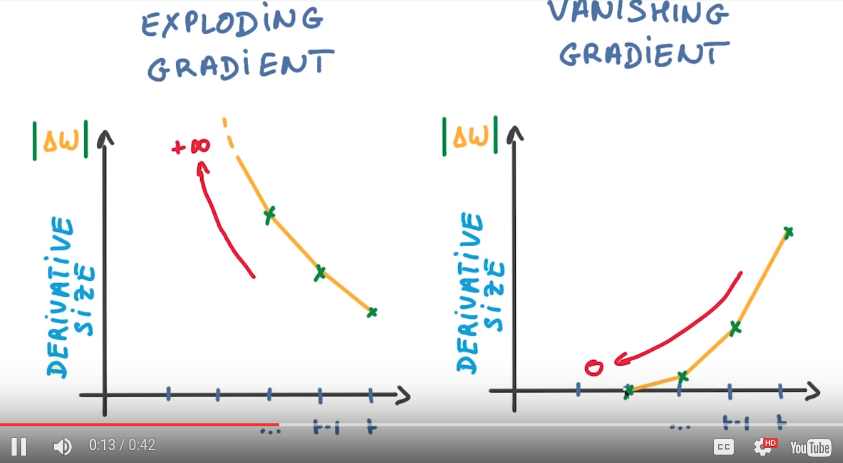
fix grad-exploding: clip
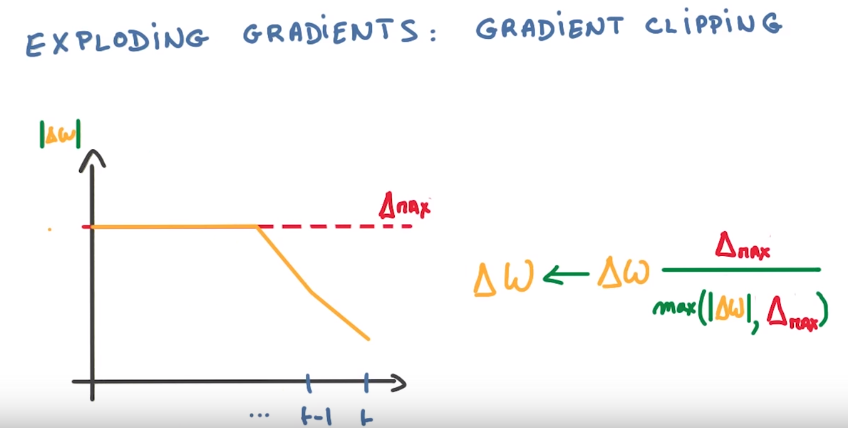
grad-vanishing: memory loss in RNN
⇒ LSTM
LSTM
in RNN: replace the NN by a LSTM cell
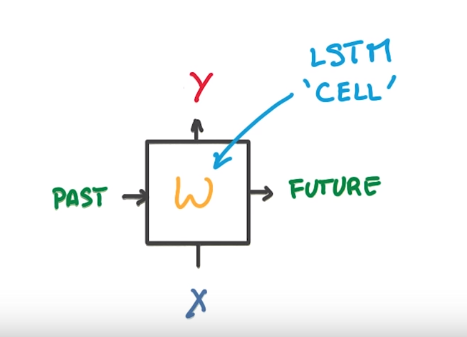
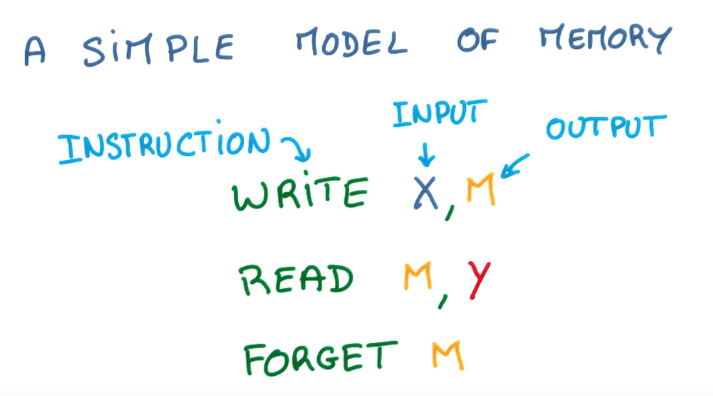
represent the system with memory by a diagram with logical gates:
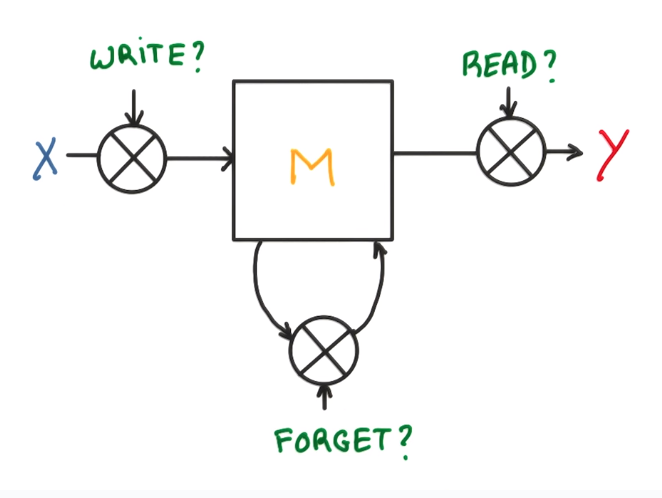
change the decision variables to continous:
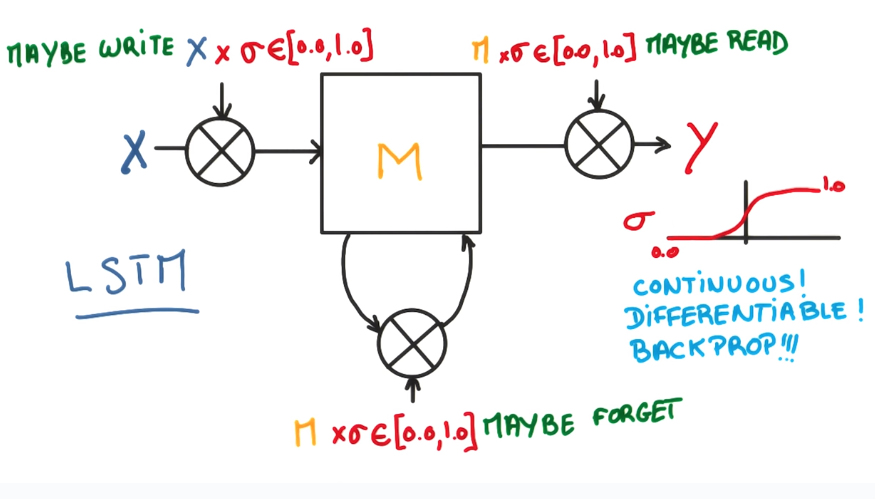
a logistic regression in each gate: controls when to remember and when to forget things.
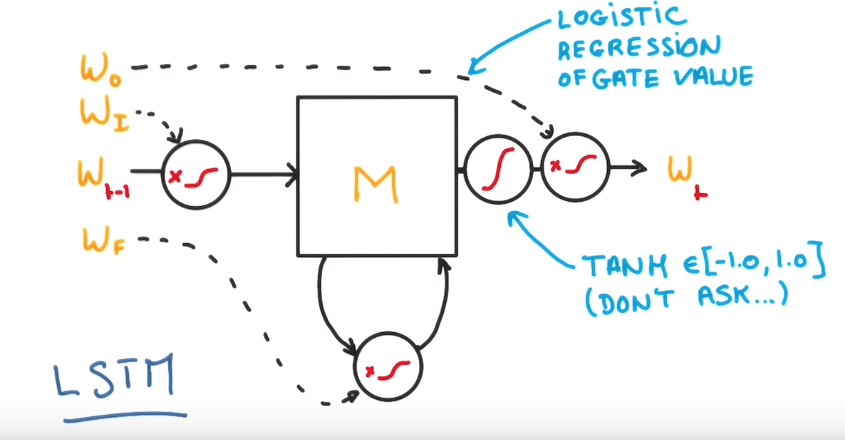
http://blog.csdn.net/dark_scope/article/details/47056361
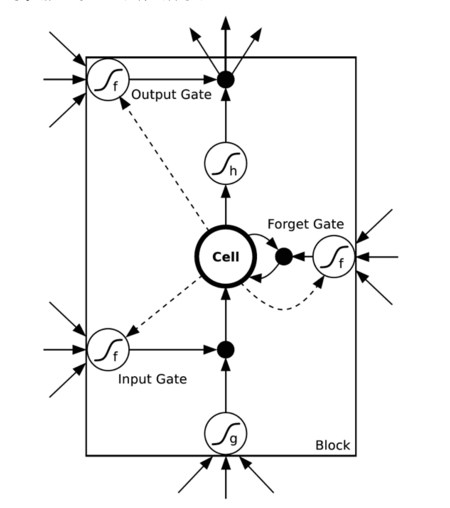
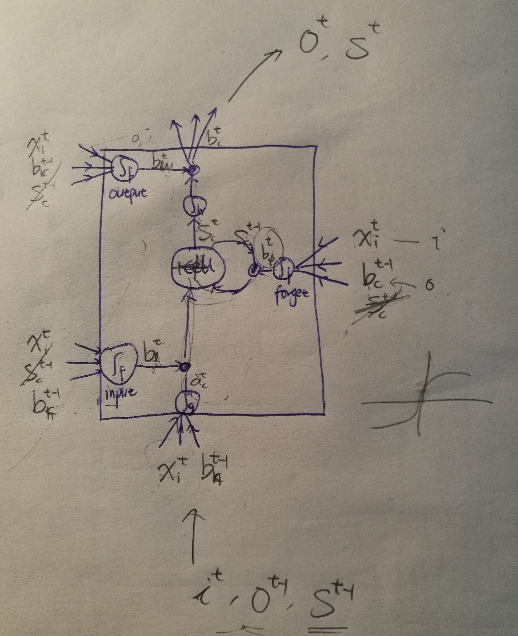
regularization for LSTM:
- L2 regularization: OK
- dropout: OK when used for input/output (X and Y), but NOT use to the recurrent in/out.
beam search
beam search is for generating sequences by RNN.
Greedy approach: at each step, sample from the predicted distribution of the RNN.
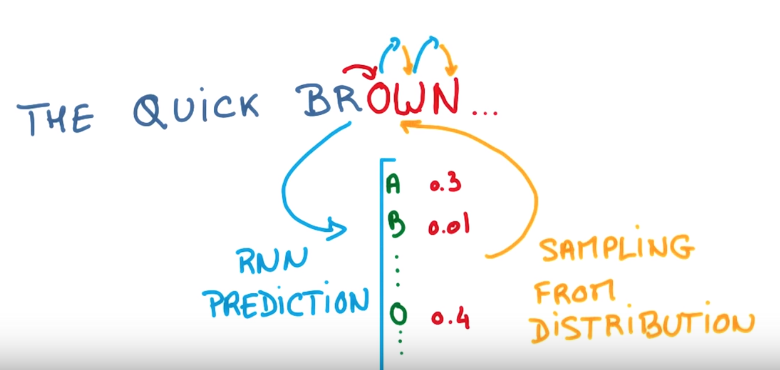
smarter approach:
predict more steps and pick the seq with largest proba.
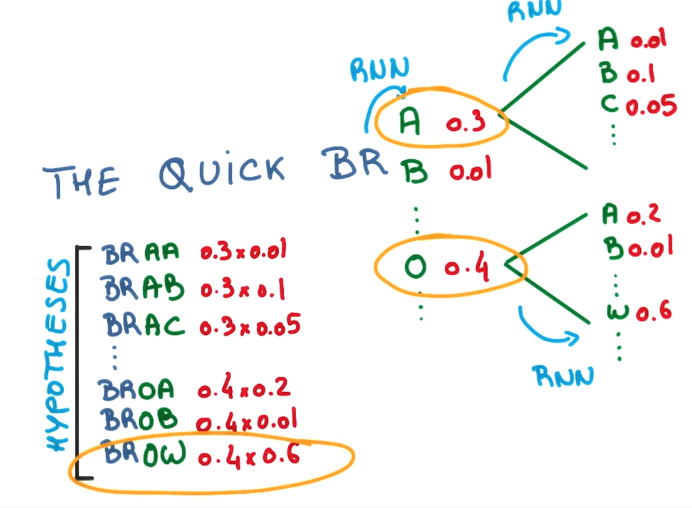
pb with this: the number of possible seq grows exponentially
⇒ just keep the few most promising seqs → "Beam search"
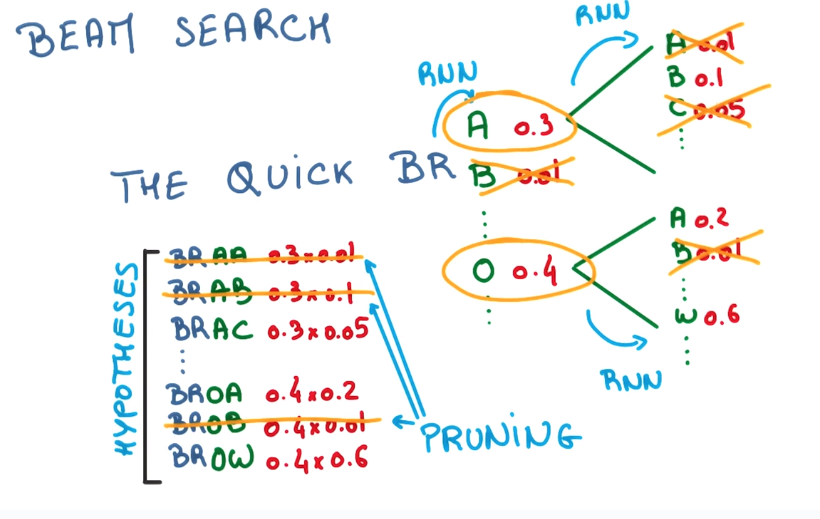
seq to seq
RNN: model to map vaiable length seq to fix-length vectors.
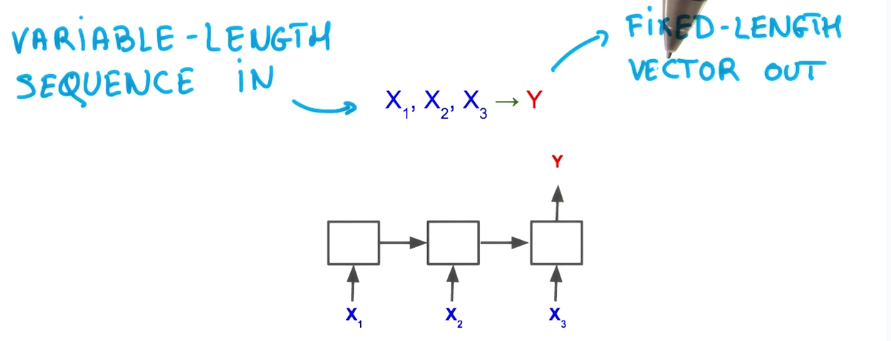
Beam search: sequence generation (map fix-length vectors to seq)
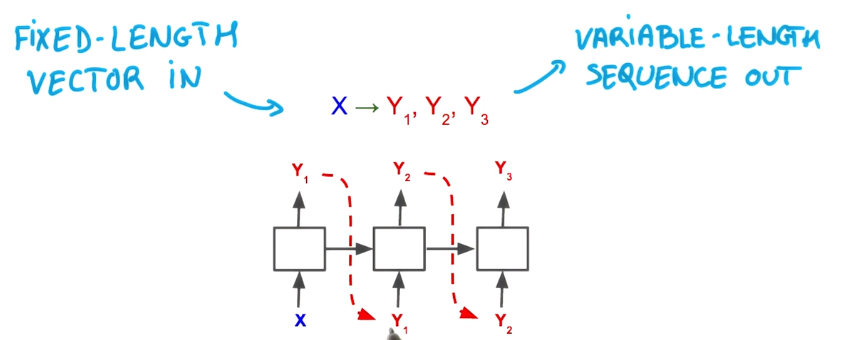
concat them together: seq to seq system
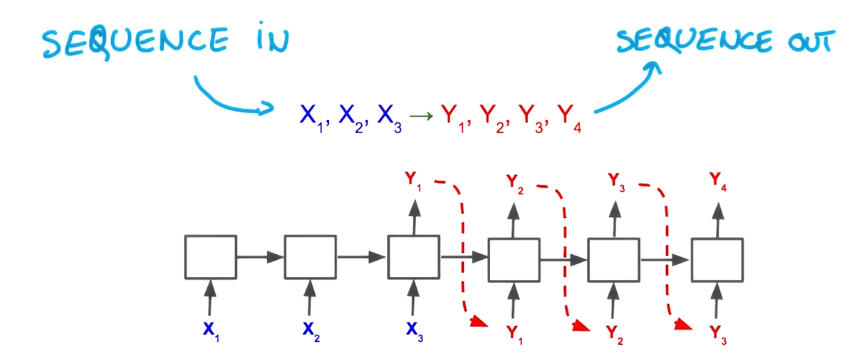
e.g.
translation, speech recognation, image captionning
Disqus 留言